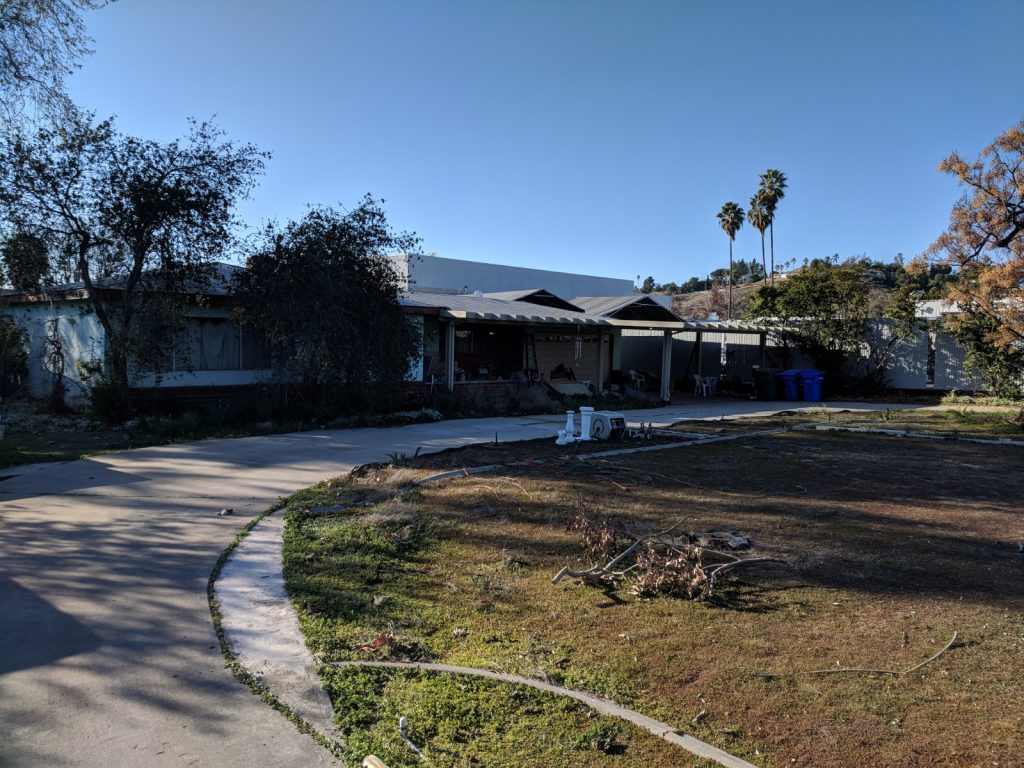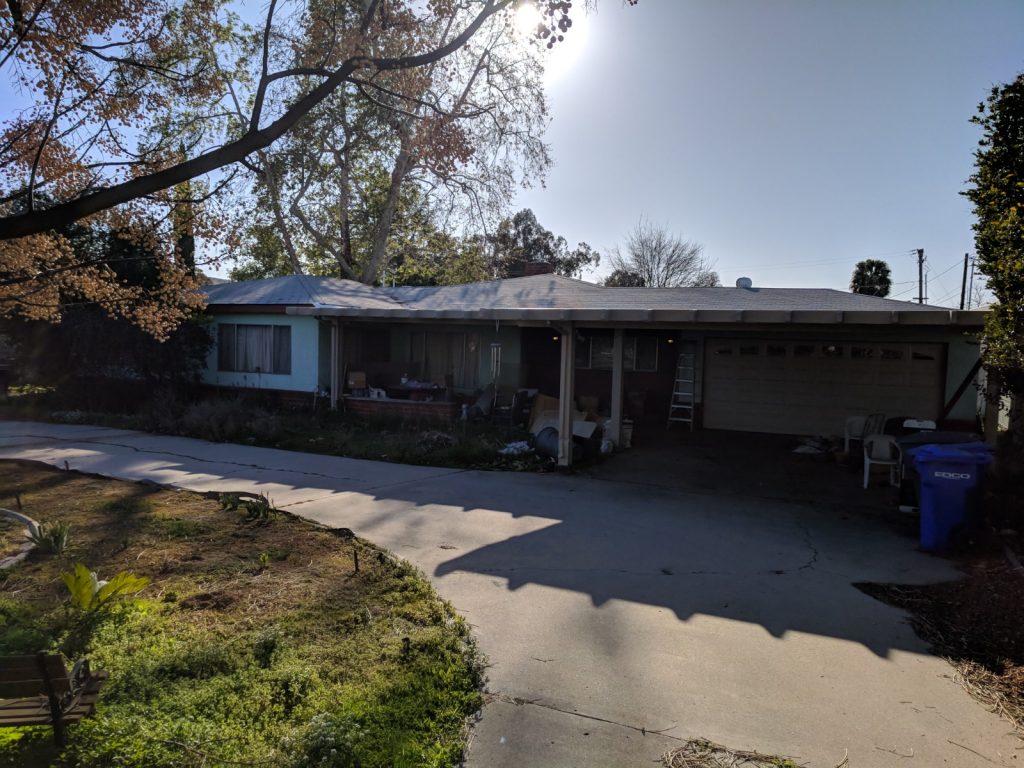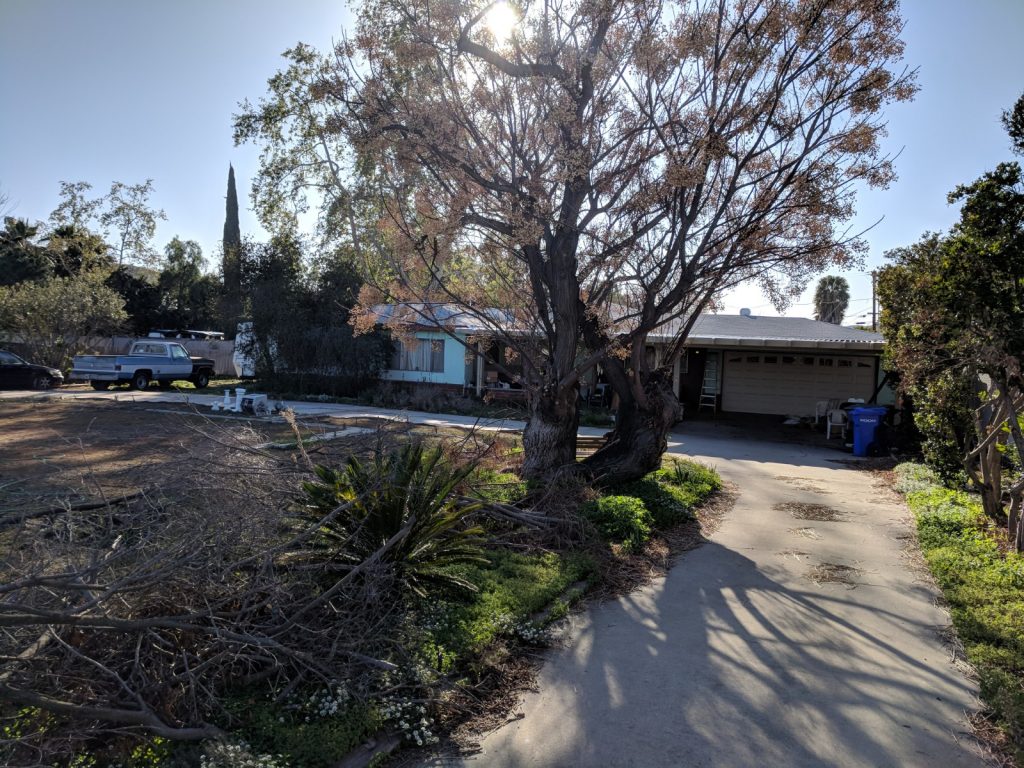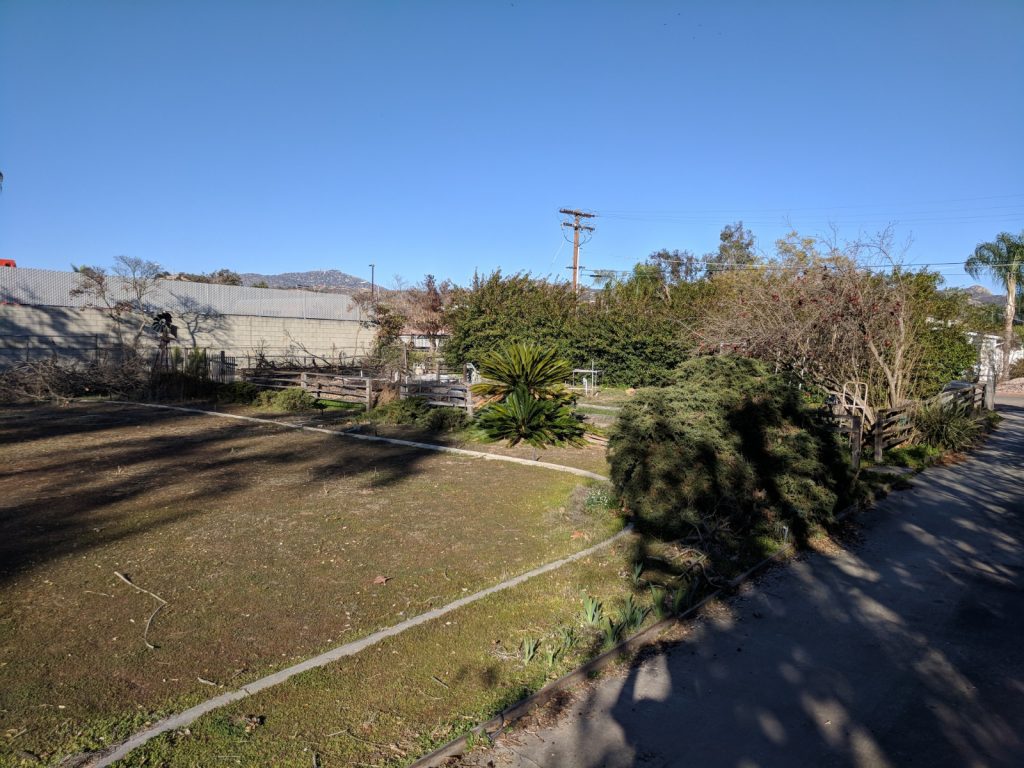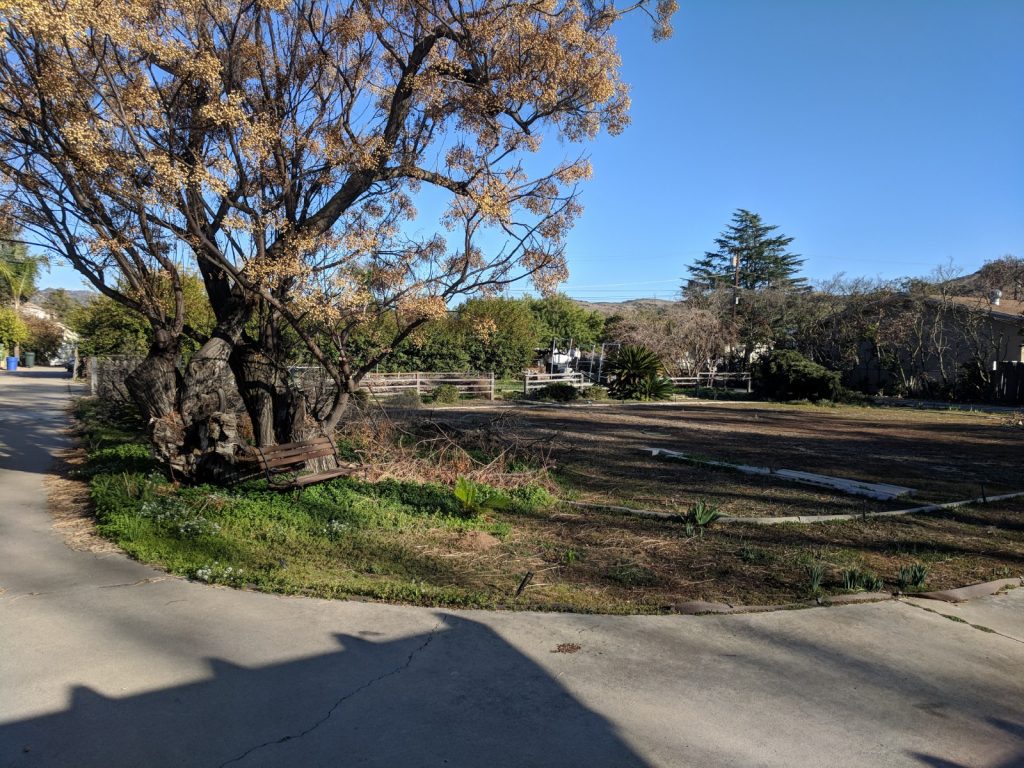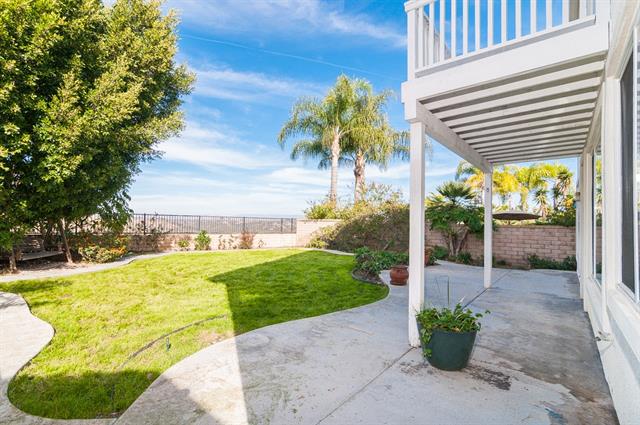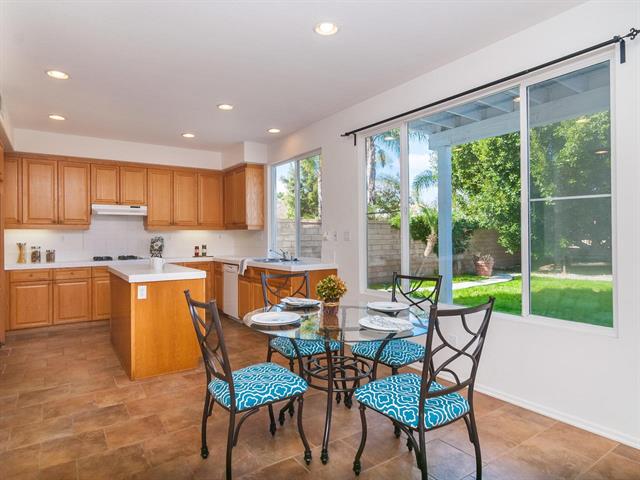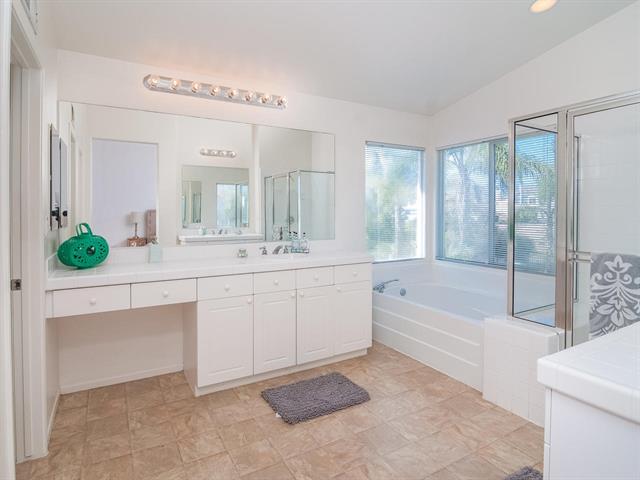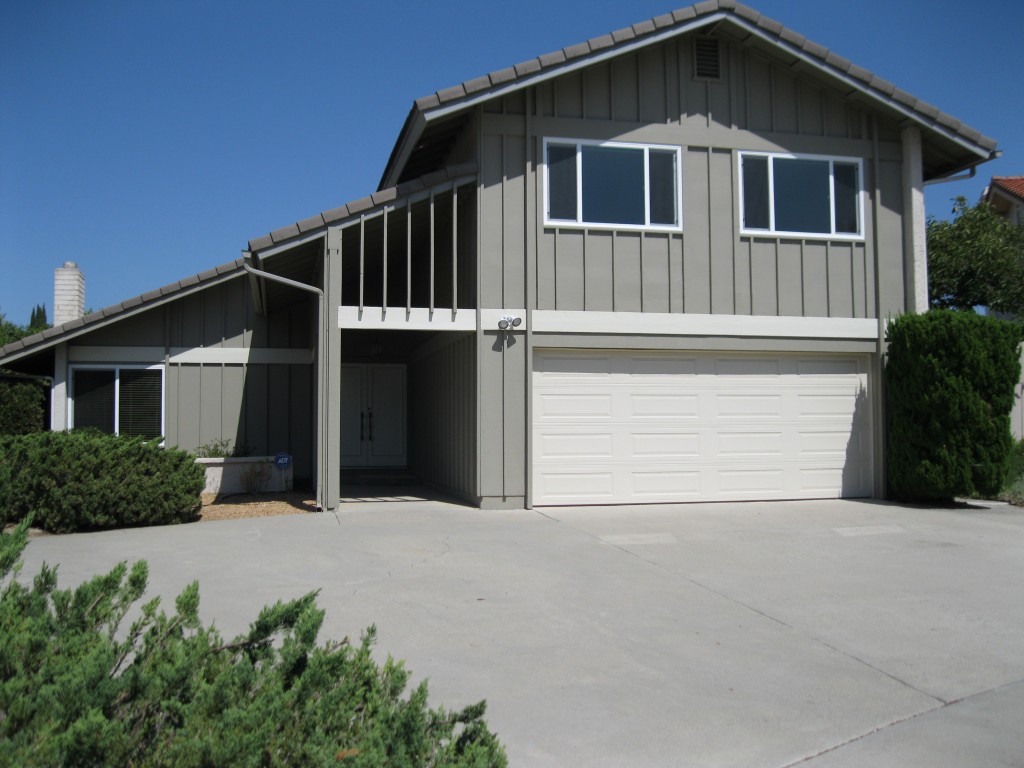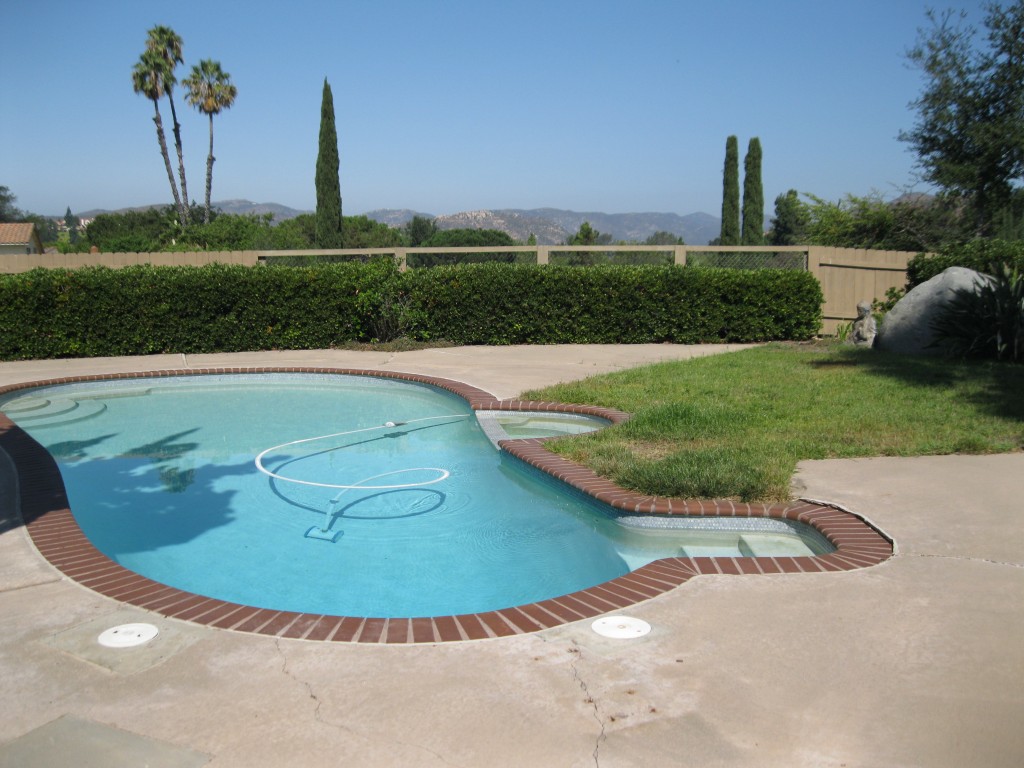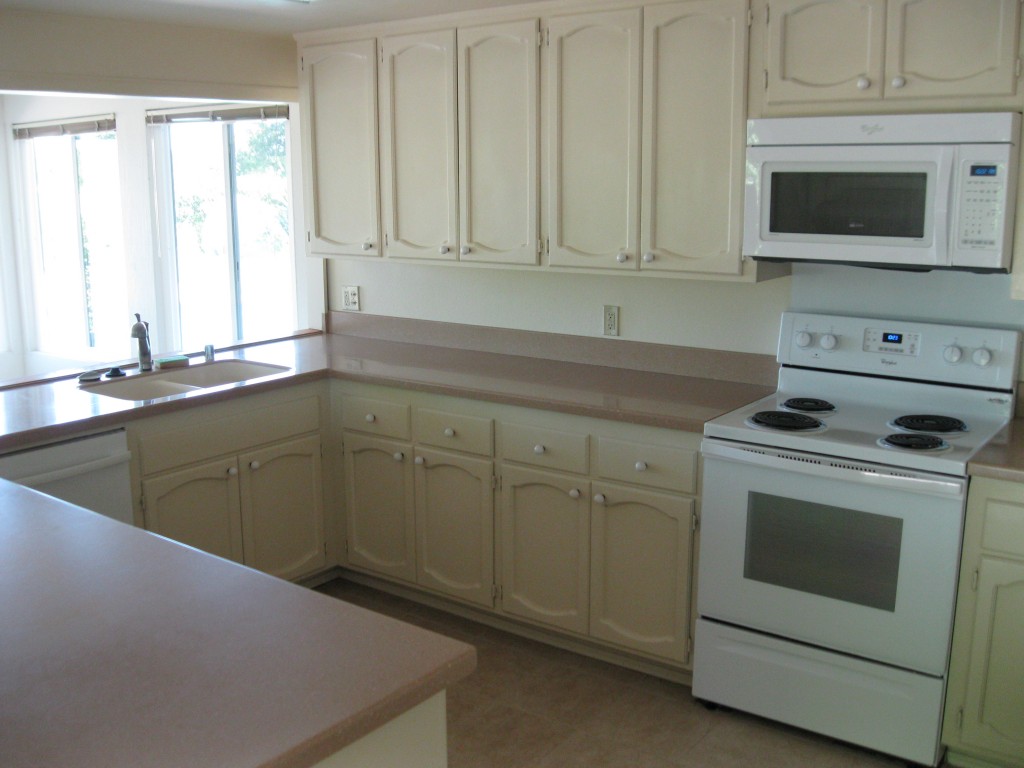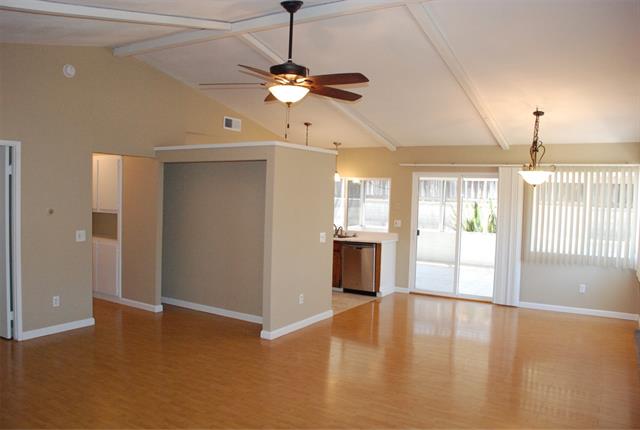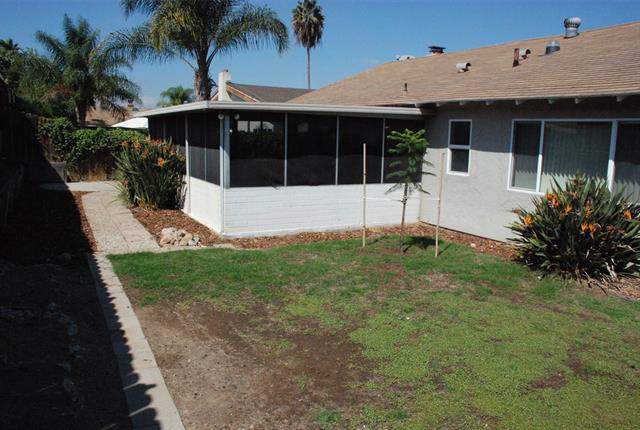Wed, 6 June 2018
Affordable home shortage to continue through 2018, new Reuters poll says.
An acute shortage of affordable homes in the United States will continue over the coming year, according to a majority of property market analysts polled by Reuters, driving prices up faster than inflation and wage growth.
After losing over a third of their value a decade ago, which led to the financial crisis and a deep recession, U.S. house prices have regained those losses — led by a robust labor market that has fueled a pickup in economic activity and housing demand.
But supply has not been able to keep up with rising demand, making home ownership less affordable. Annual average earnings growth has remained below 3 percent even as house price rises have averaged more than 5 percent over the last few years.
The latest poll of nearly 45 analysts taken May 16-June 5 showed the S&P/Case Shiller composite index of home prices in 20 cities is expected to gain a further 5.7 percent this year.
That compared to predictions for average earnings growth of 2.8 percent and inflation of 2.5 percent 2018, according to a separate Reuters poll of economists.
U.S. house prices are then forecast to rise 4.3 percent next year and 3.6 percent in 2020.
“We are not seeing a temporary phenomenon. House prices have been outrunning family incomes for several years in the U.S. and while demand has cooled off a bit, the supply side is still very tight,” said Sal Guatieri, senior economist at BMO Financial Group.
“I think house prices will continue to outrun family incomes for at least another year and it will take some time for demand to slow and to some extent supply to increase.”
The latest poll comes after weak existing and new home sales data for April.
A further breakdown of the April data showed the inventory of existing homes had declined for 35 straight months on an annual basis while the median house price was up for a 74th consecutive month.
About 80 percent of nearly 40 analysts who answered an extra question said the already tight supply of affordable homes in the United States will either stay the same or fall from here over the next 12 months.
Existing home sales, which account for about 90 percent of U.S. turnover, are now forecast to rise slightly and average 5.60 million units in each quarter this year from about 5.46 million units in April.
That is well below the peak of 7 million units averaged during the previous housing market boom, which will keep prices elevated and make housing less affordable.
When asked to rate the affordability on a scale of 1-10 where 1 is extremely cheap and 10 is extremely expensive, the median answer was 7.
“U.S. house prices are slightly over-valued when looking at fundamental valuation metrics such as the median-home-price-to-income ratio,” noted Brent Campbell, economist at Moody’s Analytics.
A pricier market is likely to push many people to rent rather than buy.
But even renting a home in major U.S. cities will become more expensive relative to average income, according to about 60 percent of nearly 40 analysts who answered an additional question.
Another potential hurdle for home buyers are rising mortgage rates. According to the poll the average 30-year mortgage rate will rise to 4.60 percent by year-end and then touch 5.0 percent by end-2019.
Those figures are a slight upgrade from the previous poll in February but seem to be in line with economists’ expectations for the Federal Reserve to tighten policy more than what the central bank’s most recent forecasts suggest.
“With mortgage rates continuing to rise, affordability is getting steadily worse,” noted Jonas Goltermann, developed market economist at ING.
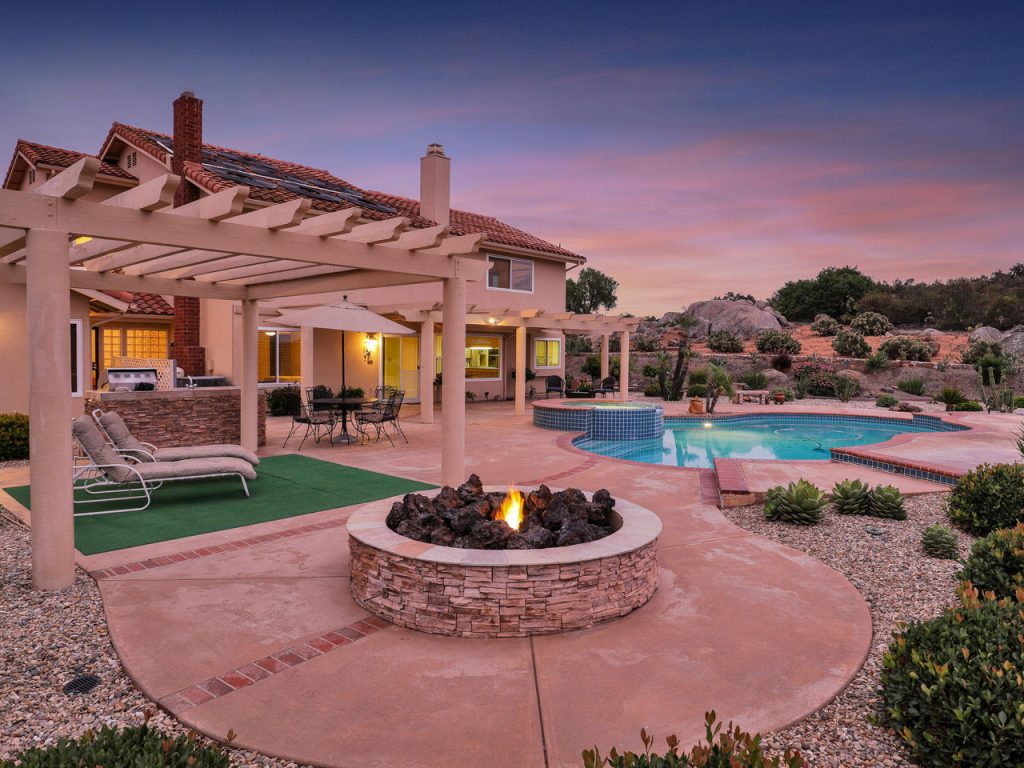
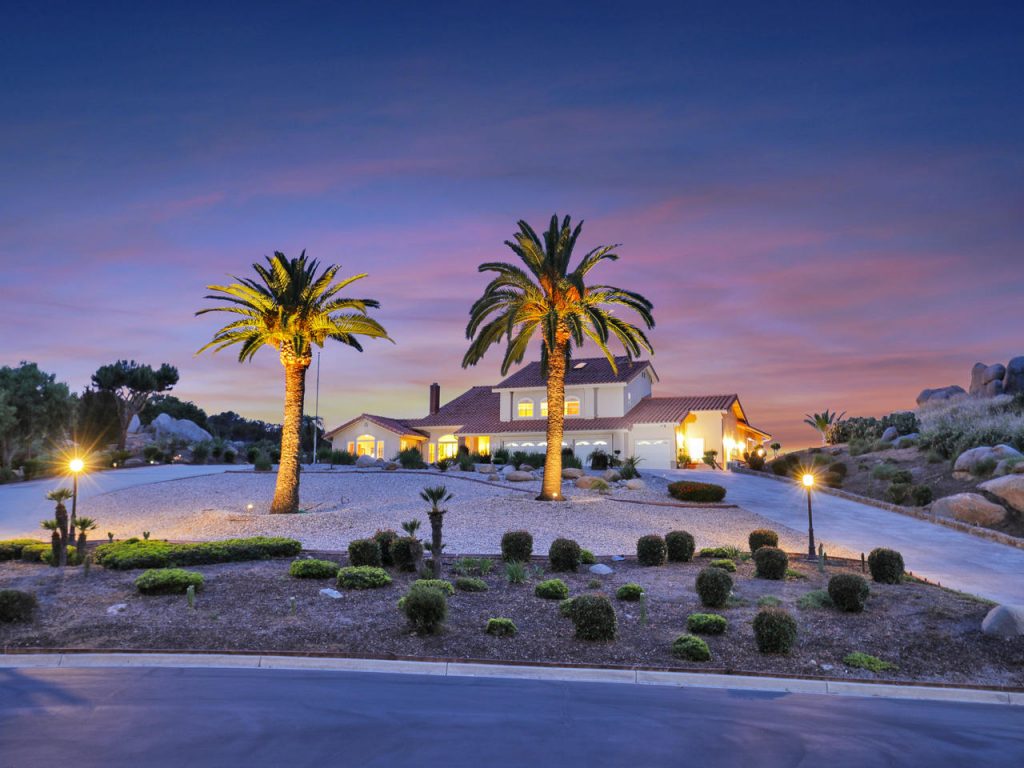




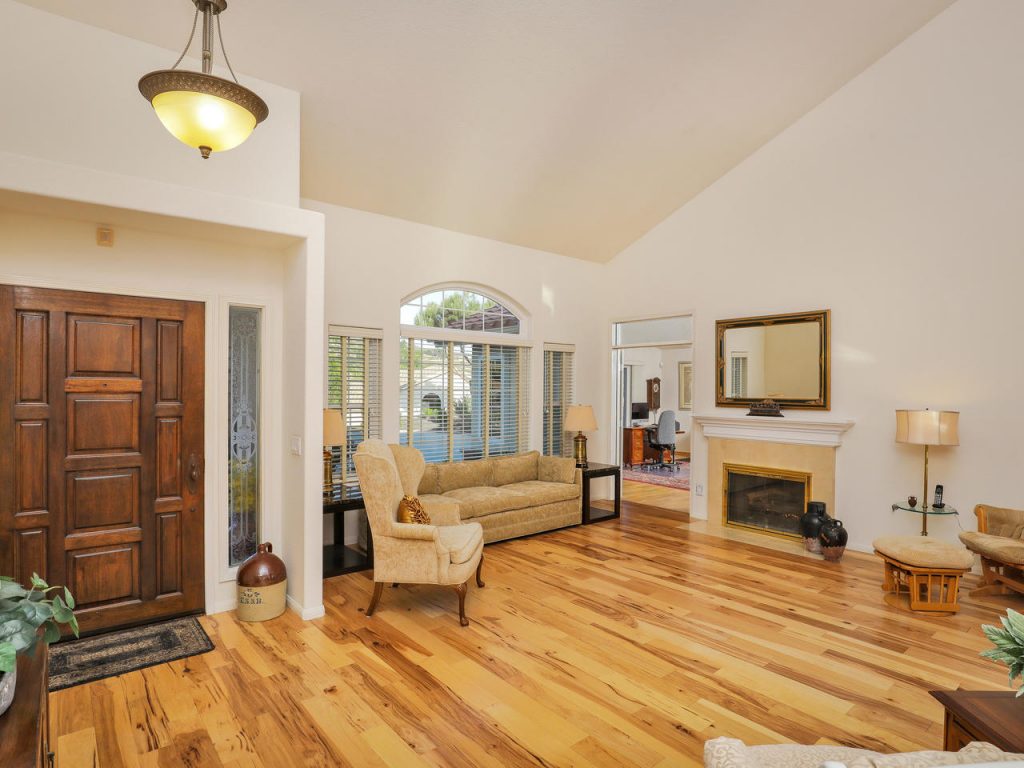








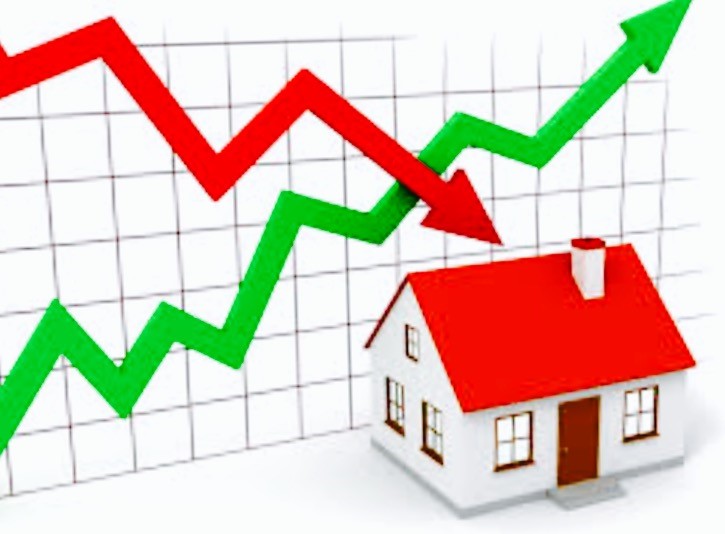 The new tax law is likely to increase Patrice and Kalvin Sosoo’s housing costs when they buy their next home. New Jersey is the poster child for the high-cost, high-tax states where housing markets—and homeowners—are supposed to suffer under the new tax law. Patrice and Kalvin Sosoo, of Teaneck, N.J., have a toddler, Kingsley, and a baby on the way, so they’re in the market for a larger place. But the Sosoos aren’t deterred by the new rules, even though housing costs for their next home are likely to be higher.
The new tax law is likely to increase Patrice and Kalvin Sosoo’s housing costs when they buy their next home. New Jersey is the poster child for the high-cost, high-tax states where housing markets—and homeowners—are supposed to suffer under the new tax law. Patrice and Kalvin Sosoo, of Teaneck, N.J., have a toddler, Kingsley, and a baby on the way, so they’re in the market for a larger place. But the Sosoos aren’t deterred by the new rules, even though housing costs for their next home are likely to be higher.